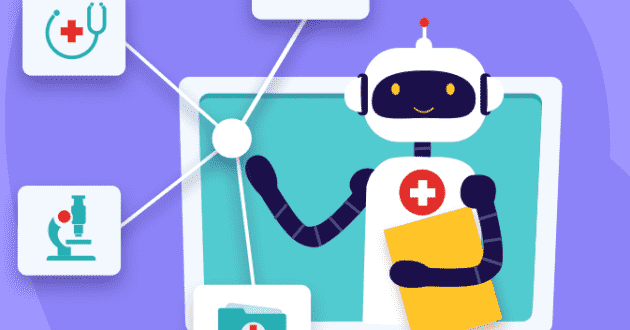Chatbots For Travel Industry: How To Build Traveller-friendly Chatbot
- - Category: Communication
- - 07 Jul, 2023
- - Views: 29
- Save
Chatbots for the travel industry are automated virtual assistants that offer real-time support and information to travel
Traveling often comes with its fair share of hassles and challenges that need to be navigated before embarking on a journey. However, thanks to advancements in technology, the travel industry has witnessed a significant transformation, revolutionizing how we plan, book, and ultimately experience our trips.
One powerful tool that has emerged in this fast-paced world of travel is the chatbot, fuelled by the capabilities of artificial intelligence. These intelligent bots have become a valuable asset for travel companies, enabling them to elevate customer service and streamline the booking process.
A well-designed and travellers-friendly chatbot can offer personalized assistance, provide prompt responses to queries, and offer valuable recommendations tailored to each individual's preferences. This makes it an indispensable asset in the ever-evolving travel industry, enhancing the overall travel experience for both businesses and customers alike.
In this blog post, we will delve into the key aspects to consider when building a travellers-friendly chatbot. By understanding and implementing these elements, travel companies can harness the power of chatbot technology to enhance customer satisfaction, optimize operations, and ultimately thrive in the competitive travel market.
Understand Your Travellers
The first step in building a chatbot for travel industry is to understand your target audience. Identify the common pain points and preferences of your travellers, such as frequently asked questions, preferred communication channels, and specific travel requirements. This knowledge will help you design a chatbot that caters to their needs effectively.
Choose the Right Platform
Selecting the appropriate platform for your chatbot is crucial. Consider the popular messaging apps and channels used by your target audiences, such as Facebook Messenger, WhatsApp, or your website's live chat feature. Ensure that your chosen platform supports the necessary integrations and offers a seamless user experience.
Natural Language Processing (NLP) Capabilities
NLP enables the chatbot to understand and interpret user queries accurately, even when phrased differently. It should be able to handle various languages, slang, and colloquial expressions. Train your chatbot with a comprehensive dataset to improve its language understanding and responsiveness.
Personalized Recommendations
One of the key advantages of a chatbot is its ability to offer personalized recommendations based on user preferences. Incorporate machine learning algorithms to analyze user data and generate tailored suggestions for destinations, accommodations, activities, and more. The chatbot should adapt its recommendations based on user feedback, ensuring a more customized and satisfying travel experience.
Seamless Booking and Support
Integrate your chatbot with your booking system to enable seamless transactions. Travelers should be able to book flights, hotels, rental cars, or other services directly through the chatbot, minimizing the need for multiple interactions or redirects to external websites. Additionally, ensure your chatbot provides 24/7 support, allowing travelers to resolve issues or make changes to their itineraries at any time.
Real-Time Updates and Notifications
Keep your travellers informed with real-time updates and notifications. Whether it's flight delays, gate changes, or reminders for check-ins, your chatbot should proactively provide relevant information to enhance the travel experience. Utilize APIs or integration with travel service providers to fetch accurate and up-to-date data.
Human Handoff and Emotional Intelligenc
While chatbots are designed to handle a wide range of inquiries, there will be situations where a human touch is necessary. Implement a seamless handoff feature that allows users to escalate complex queries to a human agent when needed. Additionally, incorporate emotional intelligence into your chatbot's responses to provide empathetic and human-like interactions, especially in cases where travellers may be frustrated or require extra support.
Continuous Improvement and Feedback
Building a travellers-friendly chatbot is an iterative process. Regularly analyse user feedback, monitor chatbot performance, and identify areas for improvement. Use analytics tools to track user interactions, conversion rates, and customer satisfaction levels. Incorporate user feedback into your chatbot's training data to enhance its accuracy and responsiveness over time.
Conclusion
In the evolving landscape of travel, chatbots have become indispensable in providing personalized assistance, streamlining bookings, and enhancing the overall travel experience. By understanding your travellers, leveraging advanced technologies like NLP and machine learning, and offering seamless interactions
Source: https://botgochatbot.blogspot.com/2023/07/chatbots-for-travel-industry-how-to.html



